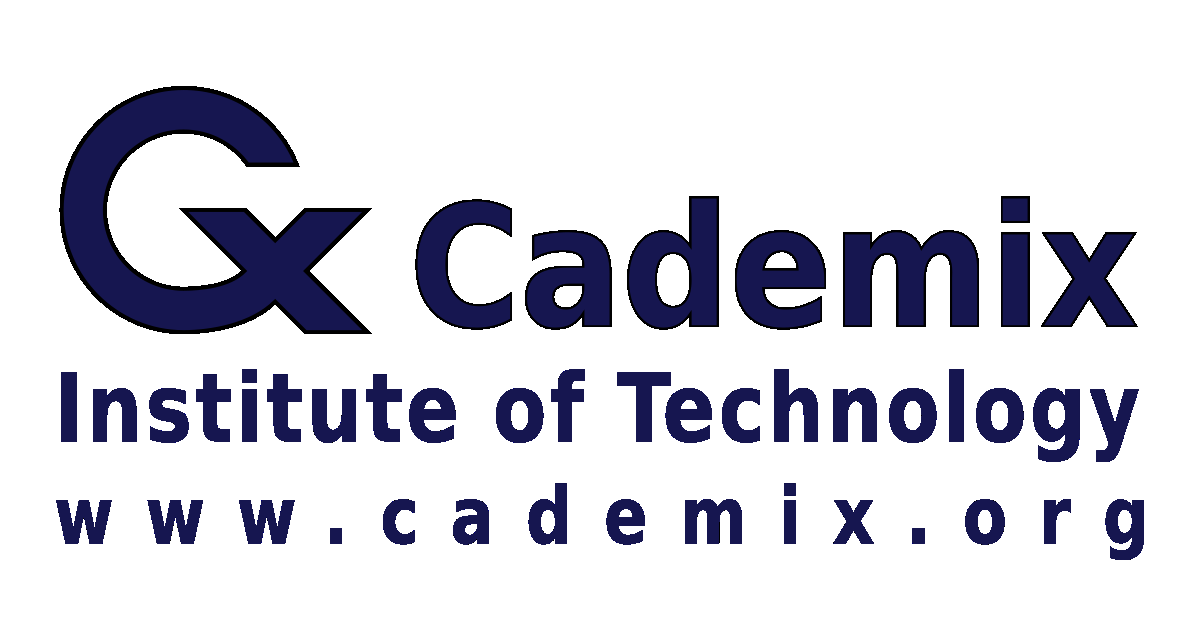References
[1] R. Jerez-Mesa, J. A. Travieso-Rodriguez, X. Corbella, R. Busqué, and G. Gomez-Gras, “Finite element analysis of the thermal behaviour of a RepRap 3D printer liquefier,” Mechatronics, vol. 36, pp. 119–126, 2016, doi: 10.1016/j.mechatronics.2016.04.007.
[2] S. K. Singh and R. K. Satankar, “Numerical and Analytical Analysis of 3D Printer Extruder in Fused Deposition Modelling,” J. Emerg. Technol. Innov. Res., vol. 4, no. 10, pp. 10–22, 2017.
[3] L. Maria and E. Piperi, “Extruder head thermal analysis for an open-source 3D printer,” 1st Int. Conf. Eng. Entrep. Proc., no. December 2017.
[4] J. Jerez-Mesa, R., Travieso-Rodriguez, J.A., Gomez-Gras, G., Freixedes, “Design of Open Source 3D Printer Extruder and Modelling of Thermal Performance With Fea,” vol. 19, no. 1, pp. 321–324, 2015.
[5] B. Zohuri and B. Zohuri, “Forced Convection Heat Transfer,” Therm. Anal. Nucl. React., vol. 388, pp. 323–345, 2017, doi: 10.1007/978-3-319-53829-7_9.



